History at High Altitudes
During the Cold War, the UK required long-range, high-altitude bombers to deliver nuclear payloads, and that’s when A.V Roe & Company (Avro) came up with Avro Vulcan. This development was made due to the increasing nuclear threat and the UK’s necessity to maintain strategic bombing ability. The project officially began in 1947 with the first take-off in 1952. The project was under Avro, with Roy Chadwick being the primary designer, who unfortunately died before Vulcan’s first flight. Avro continued working on his visions, and the Avro Vulcan bomber later became the most advanced bomber aircraft of the Royal Air Force from 1956 to 1984. Primarily, Vulcan was intended as a high-altitude bomber capable of carrying nuclear bombs, but its role evolved over time. Thus, later served in low-level bombing and as a refueling tanker.
![Bomber Aircraft: Avro Vulcan 20 Avro Vulcan XM594 continues to receive attention for structural repairs and ongoing maintenance. [Photo by Howard Heeley, Down To Earth Promotions]](https://vintageaviationnews.com/wp-content/uploads/02.03.24-DTEP_Vulcan-XM594_7430-scaled.jpg)
Innovative Design
The Vulcan’s delta-wing design turned out to be revolutionary for its time. The first prototypes included the Avro 707, which tested the aerodynamic properties of the delta-wing concept. The Vulcan had two primary versions: B.1 initial production model, featuring high altitude performance and speed and Improved B.2 with larger Wings for better lift and stability, a strengthened undercarriage for better support while carrying heavier payloads, updated avionics, which handled increasing demand for electronic combat and navigation and electronic countermeasures which improved survivability against radar and missile systems.
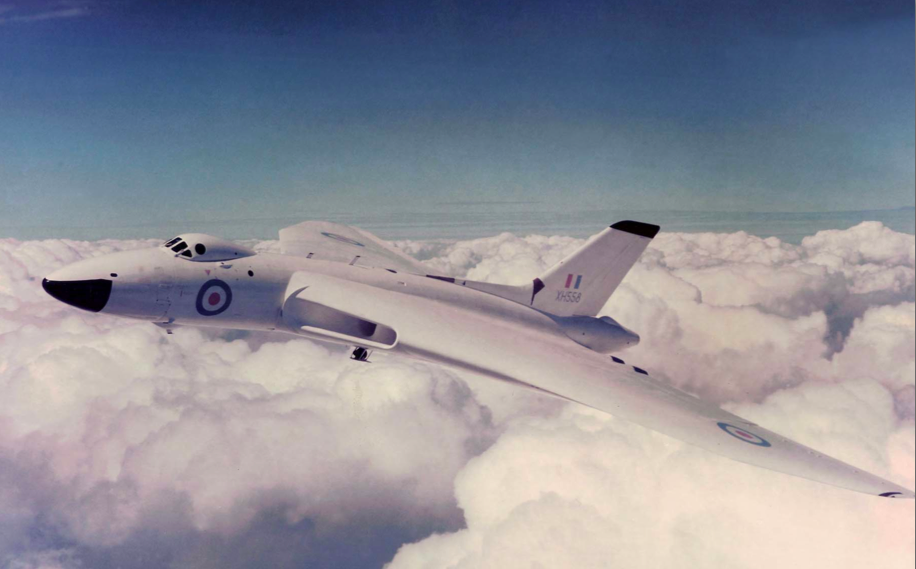
(Image Credit: RAF)
Avro Vulcan: Specifications
Stand-Out Bomber
Vulcan remains a stand-out bomber among the others because of its innovative delta-wing technology, providing it with excellent high-speed performance. The B2 Avro Vulcan’s top speed is approximately 645mph. This specific design reduced drag alongside providing exceptional lift and stability, two very crucial factors for high-altitude bombing. Another aspect of Vulcan’s popularity is its versatility. Even though it was designed as a high-altitude bomber, it performed successful low-level bombing missions with efficiency and became a reliable weapon for the UK military. Vulcan didn’t stop excellently with its revolutionizing wing design and transition capabilities but also with efficient engines. Vulcan engines had a high thrust-to-weight ratio, allowing it to reach higher altitudes much faster than the other bombers in its category. It gave the UK military a massive advantage with its capability of carrying heavy bomb loads over large distances during the Cold War.
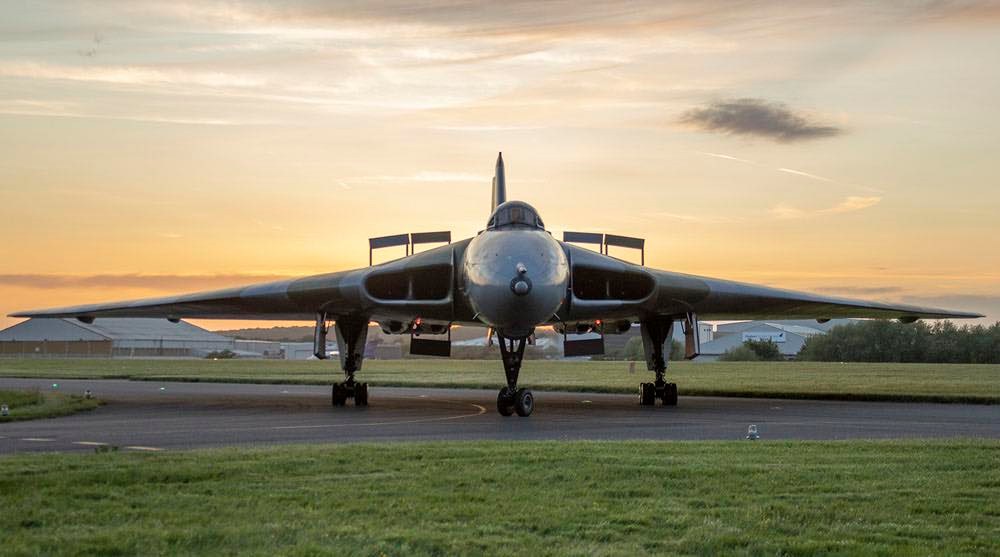
Noisy Rolls-Royce
Vulcan owned the skies whenever it took flight with its distinct and powerful sound. It was particularly a loud aircraft, and for several loud reasons. These reasons included the engine design as the Vulcan was equipped with four Rolls-Royce Olympus turbojet engines (originally developed by Bristol Aero Engines), which were generally noisier than more modern turbofan engines as they expel exhaust gases at high speed. Another factor that added to the noise was the engine placement, given the engines were mounted on the rear of the aircraft, which meant that the noise directly originated from the engine nacelles and was, therefore, not silenced by the aircraft’s structure. Additionally, being an aircraft capable of reaching speed close to sound, the Vulcan generated more sound due to the aerodynamic effect of the shock waves and turbulent airflow.
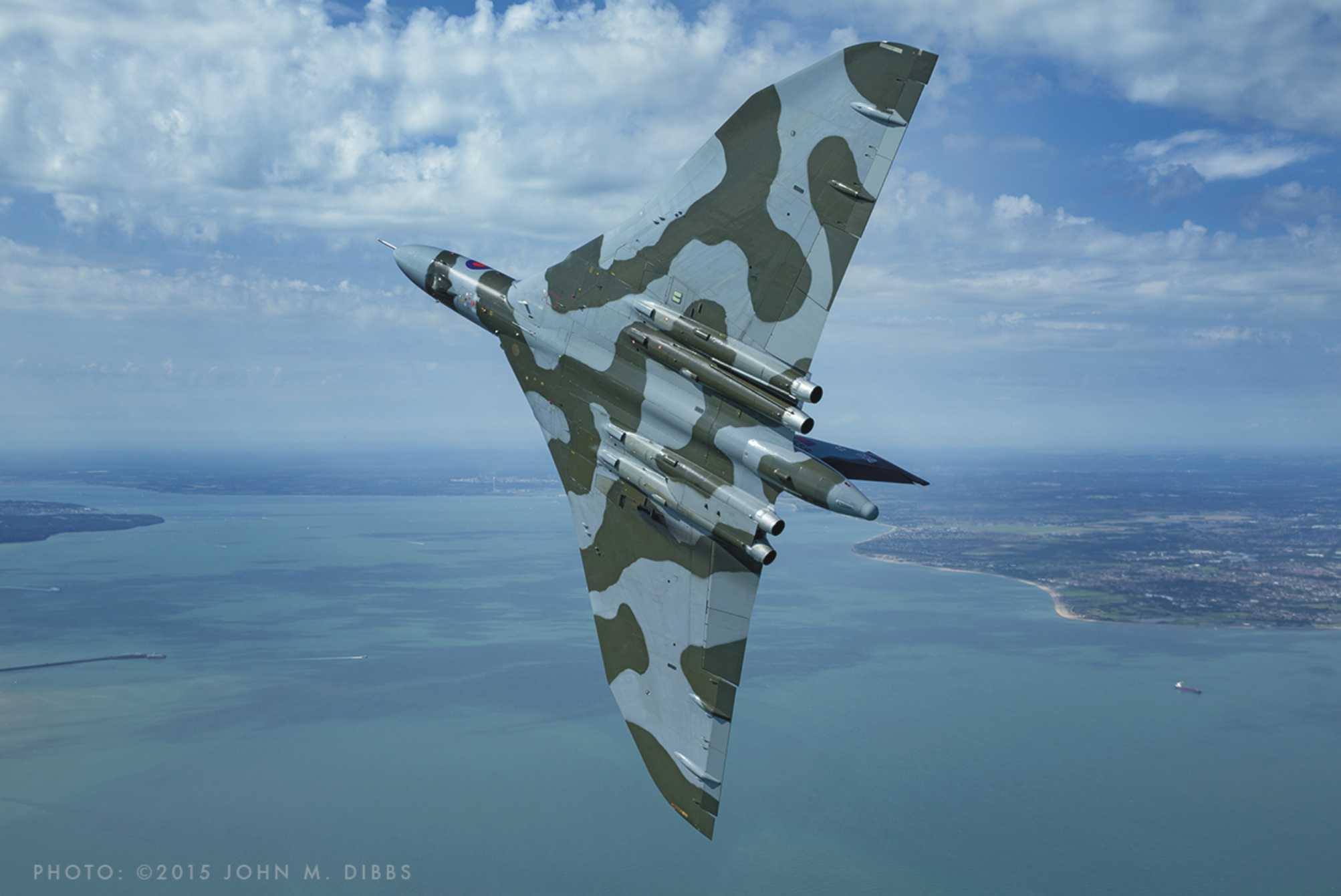
General Specifications
| Type | Medium Strategic Bomber |
| Manufacturer | A.V Roe & Company |
| Engine | 4 x Bristol Siddeley Olympus turbojets (20,000 pounds thrust each) |
| Weight | |
| Empty | 72,574.72 kg |
| Maximum Take-off | 90,718.4 kg |
Dimensions
| Wingspan | 33.83 meters |
| Length | 32.13 meters |
| Height | 8.28 meters |
Performance
| Maximum Speed | 645 mph |
| Cruising Speed | 627 mph |
| Service Ceiling | 55,000 feet |
| Range | 4,600 miles |
Top Milestones to Remember
As in the name, Vulcan spread its wings throughout its career setting several milestones including the following – During the Falklands War in 1982, the Vulcan played a crucial role in Operation Black Buck. Despite being near the end of its operational life, it was assigned one of the longest-range bombing missions in military history. The aircraft flew from the UK to the Falkland Islands via the British outpost of Ascension Island, relying entirely on aerial refueling to reach its target. This raid showcased the Vulcan’s enduring strategic value even in its twilight years. In the late 1960s, the rise of advanced surface-to-air missiles made high-altitude bombing too risky. As a result, the Vulcan adapted by shifting to low-level bombing operations. This change extended its relevance, allowing it to continue flying missions despite new anti-aircraft threats.
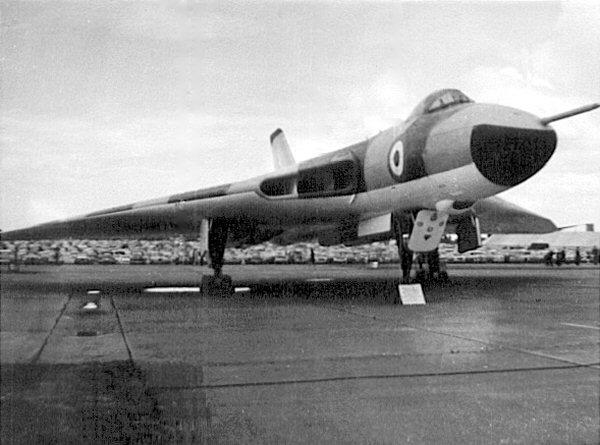
By 1984, however, the Vulcan was outmatched by modern aircraft and missile systems. As a result, it was retired from active service with the Royal Air Force. Nevertheless, the Vulcan continued to captivate audiences in a display role, flying in airshows until 1992. The Vulcan’s story didn’t end there. The last airworthy Vulcan, XH558, underwent significant restoration and was flown at airshows for many years. Its final flight in October 2015 marked the end of an era as the Vulcan left its final trails in the sky, symbolizing its legendary status in aviation history.
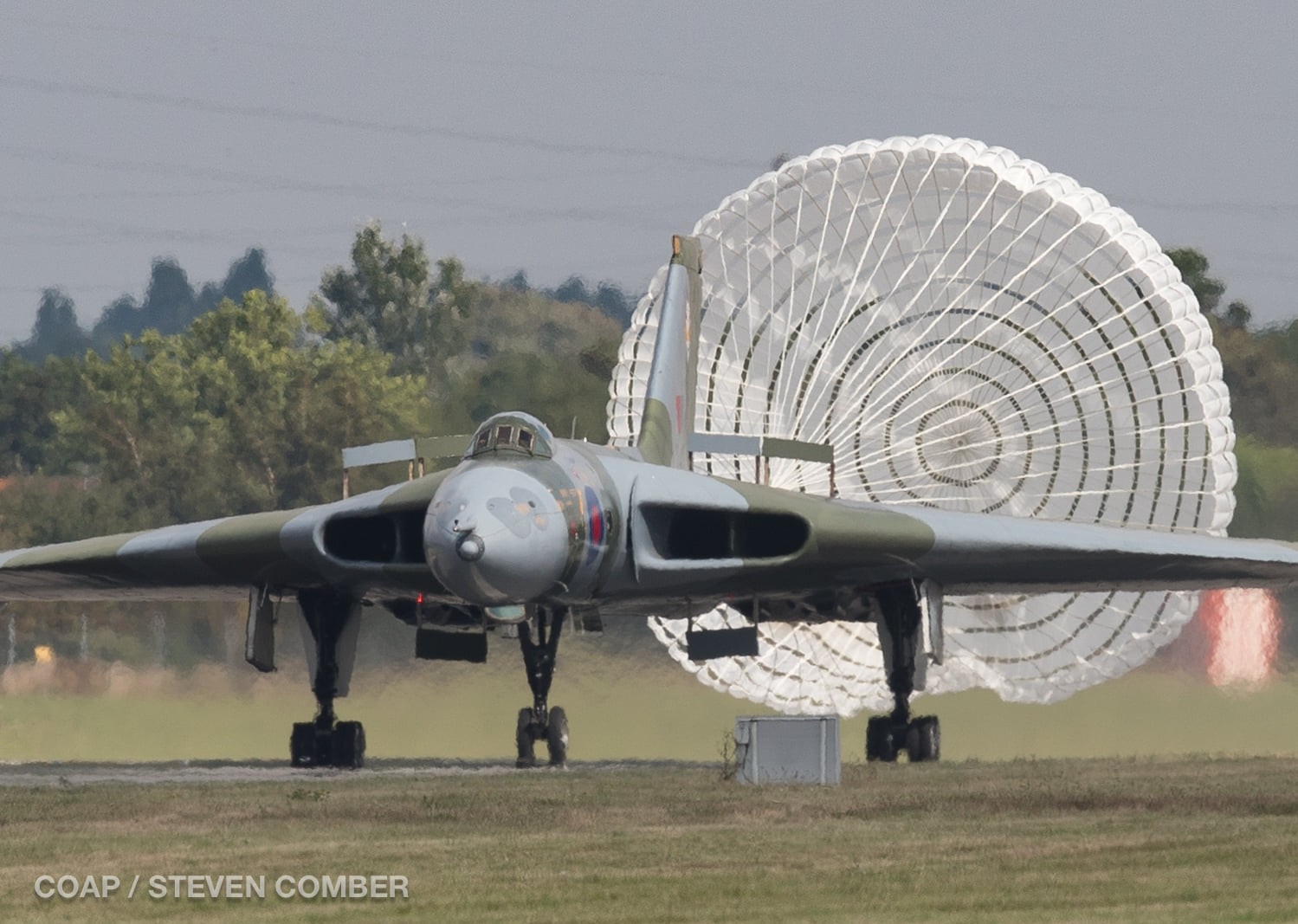
Retired Guru / Conclusion
The Avro Vulcan stands as a remarkable example of mid-20th-century aviation engineering, a beautiful blend of advanced design with power performance. From its development and operational roles to its retirement, Vulcan underscores its significance in military aviation. Irrespective of the challenges, such as notable noise levels and technical issues, Vulcan’s legacy endures through its contributions to aerospace technology.
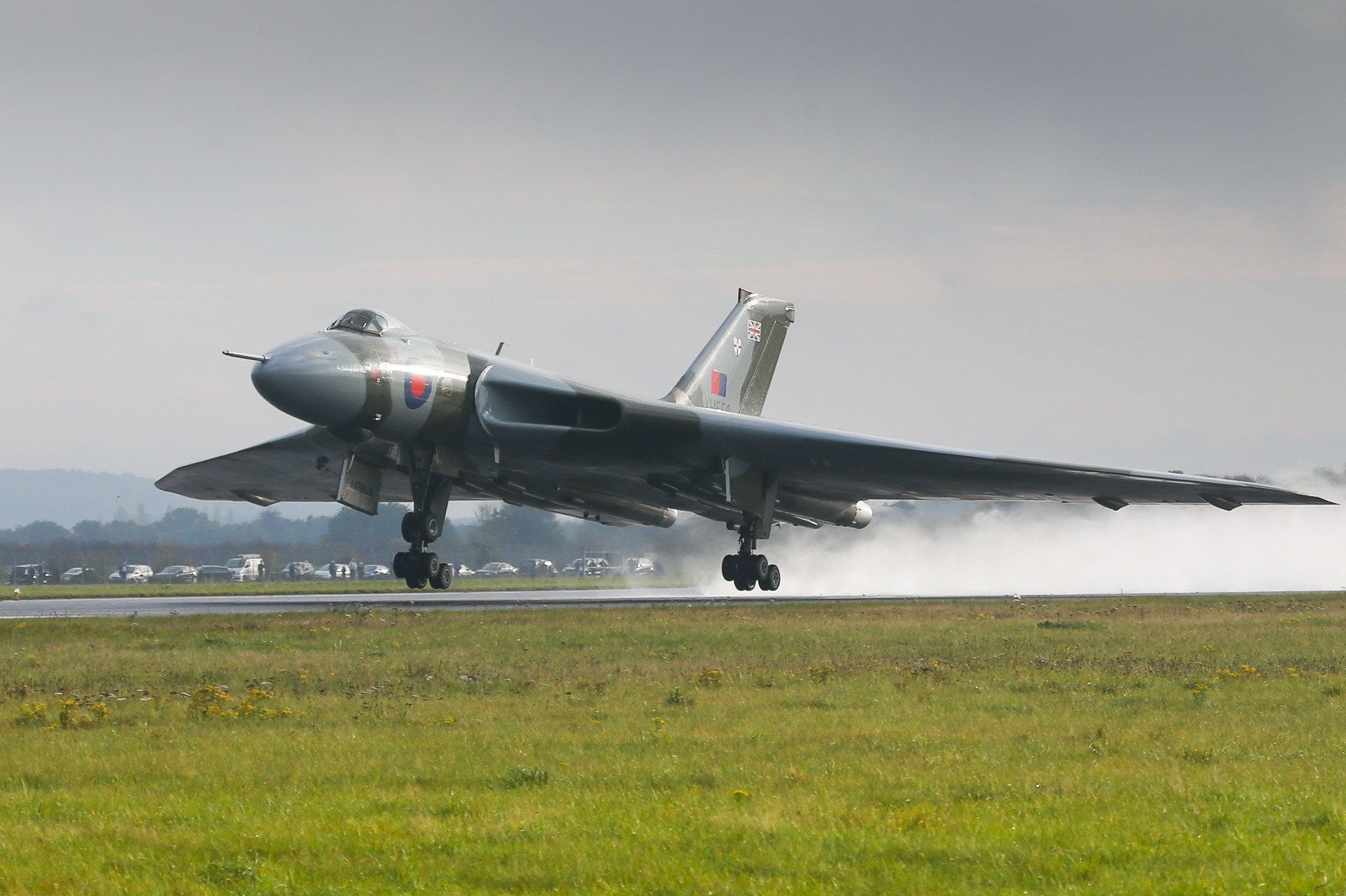







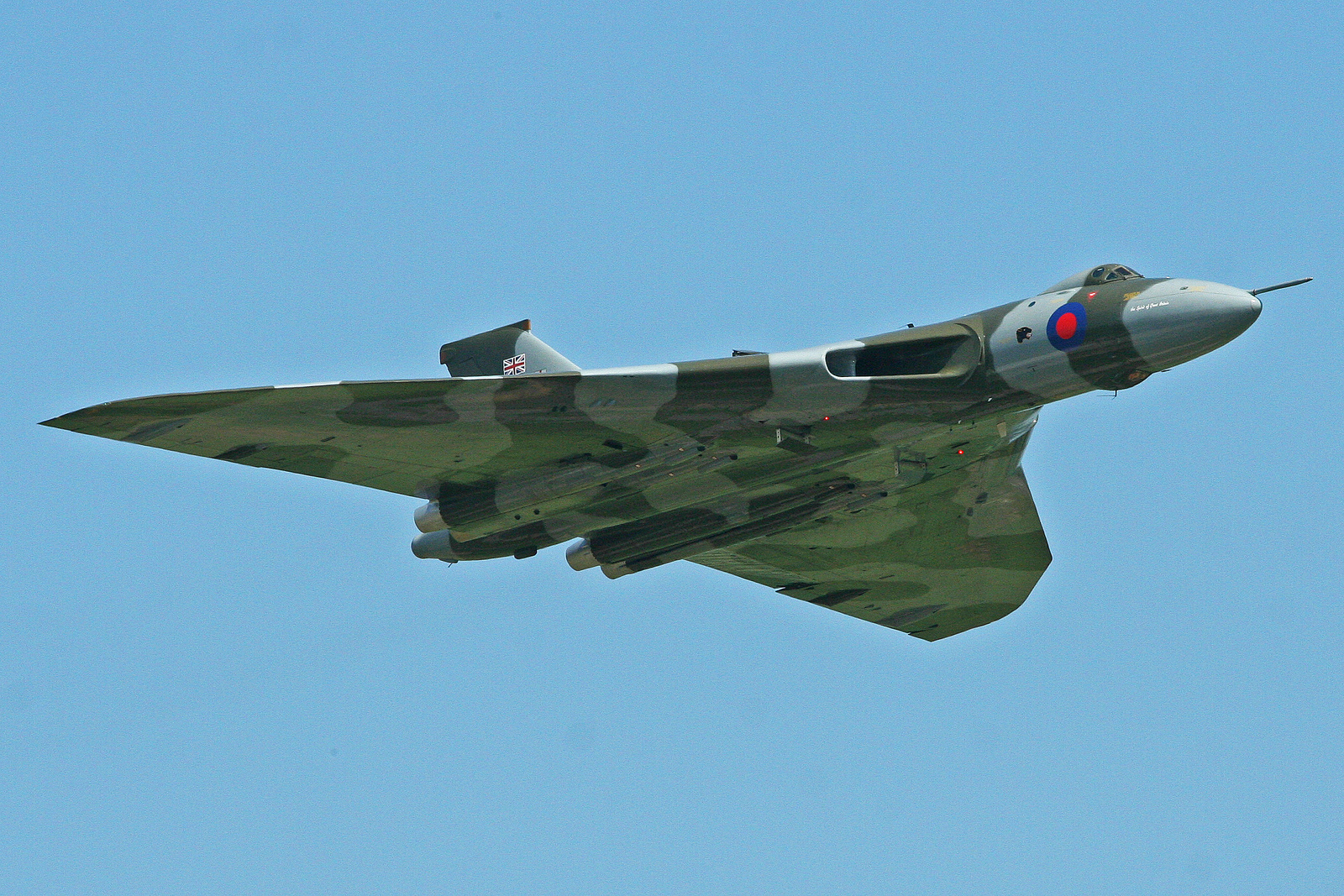

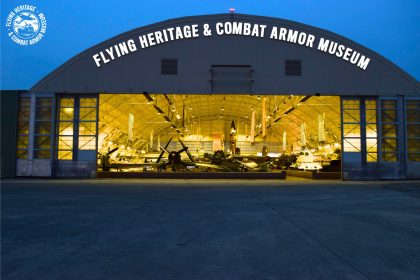
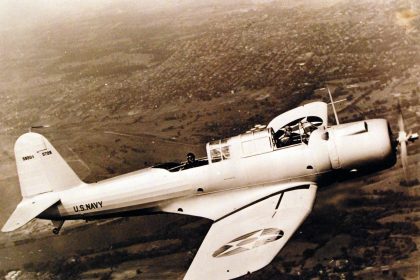
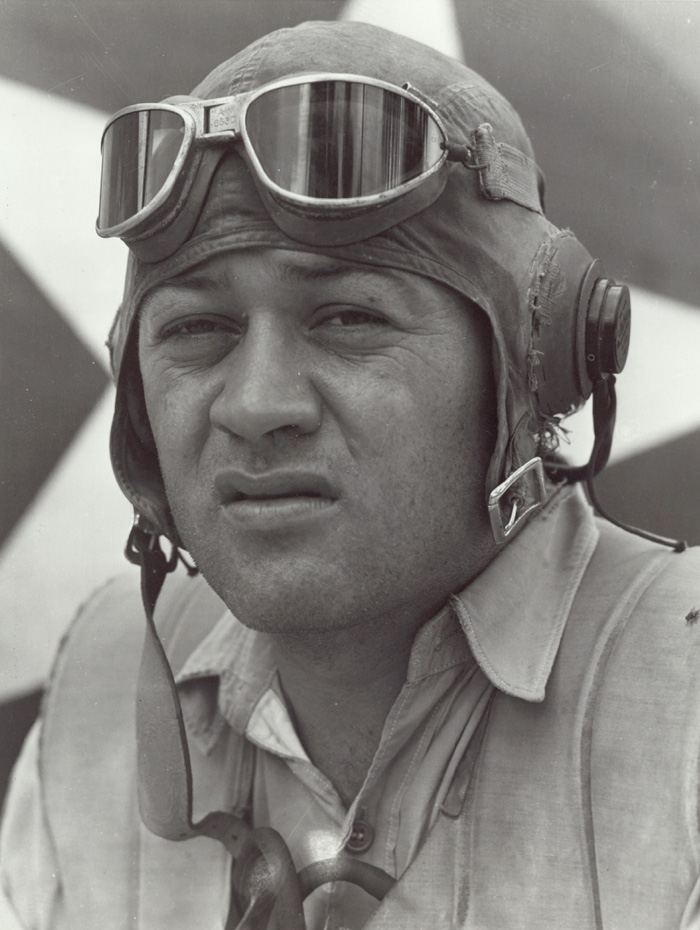
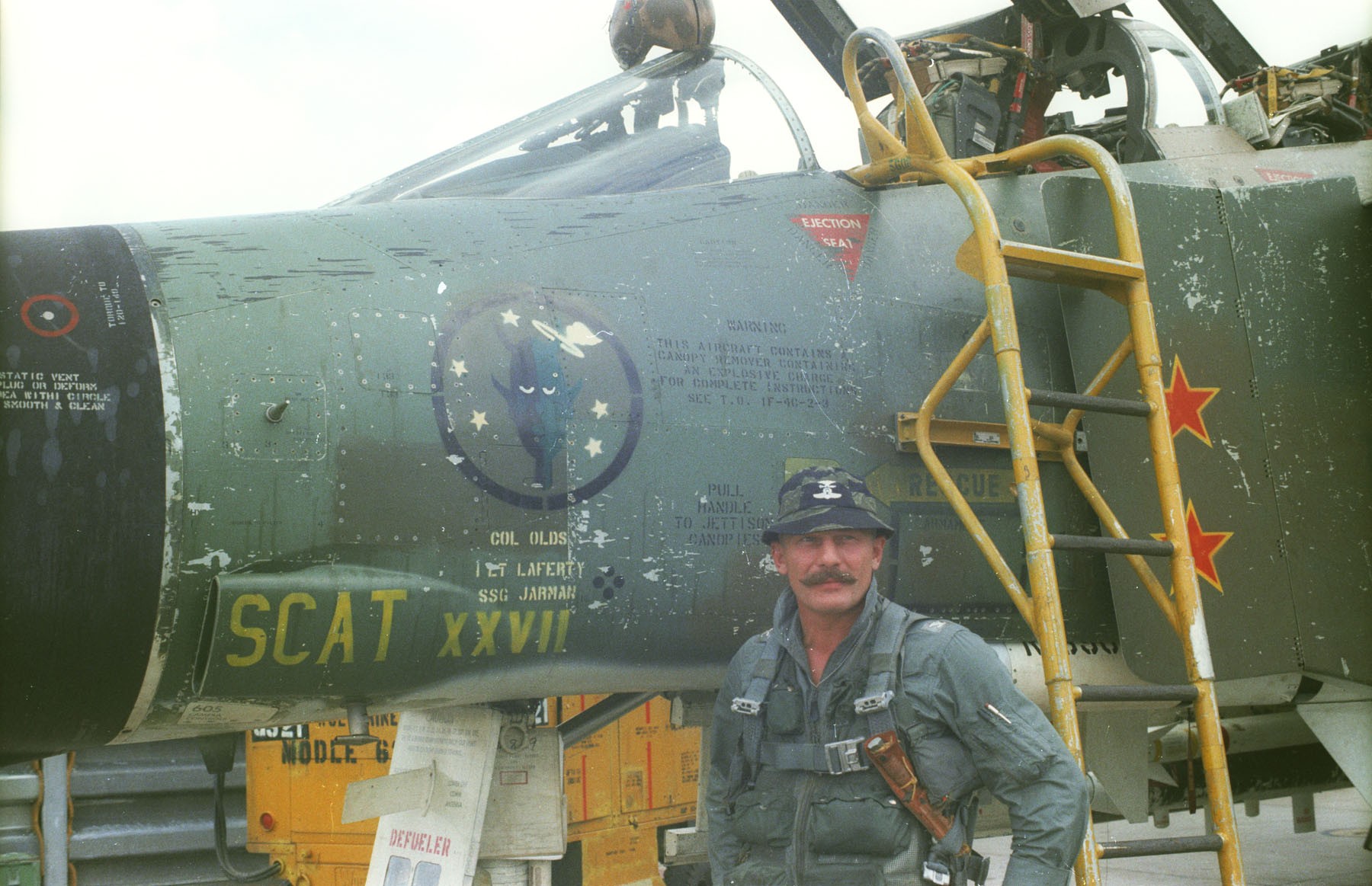
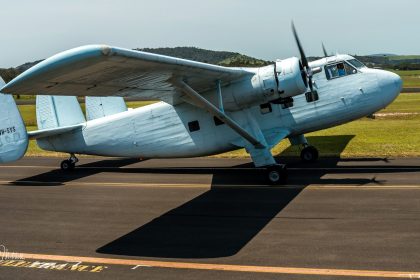

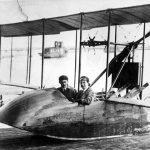
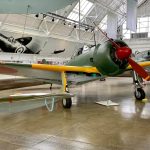
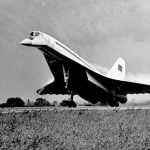
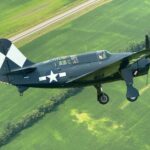
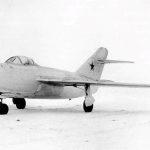



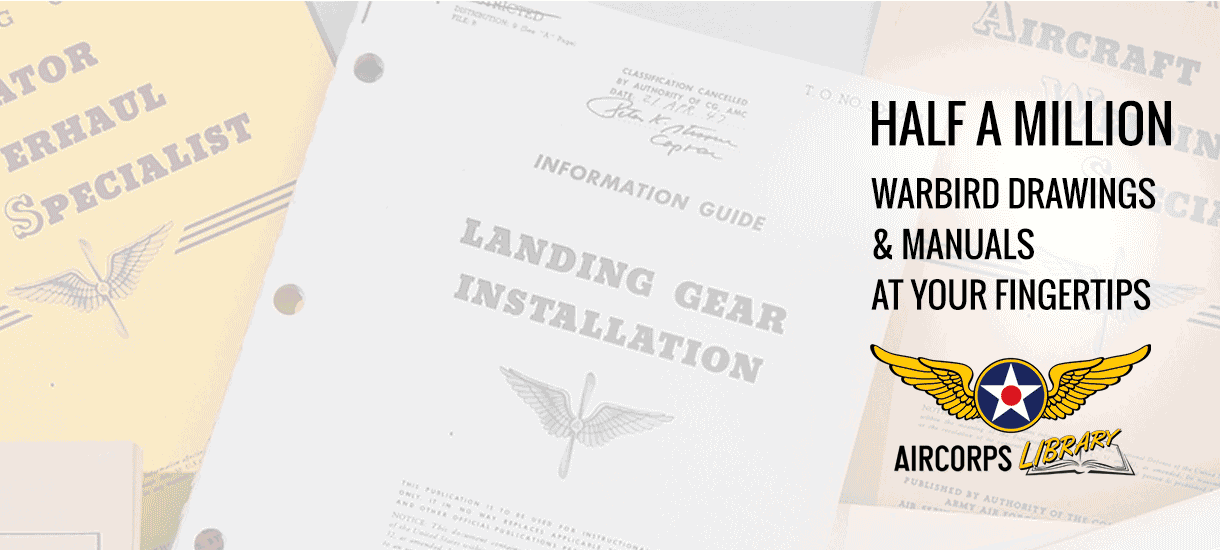




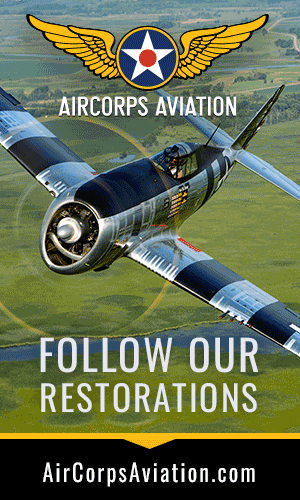



This writer continues to publish fascinating facts like the advantages that the Vulcan gave the US and that the Black Buck raids were flown from the UK to the Falklands. Does anyone else read this stuff before it’s posted??
You are right, it was a simple typo that happened twice. US vs UK. We will make sure these silly mistakes won’t happen again.
What happened to this country when we could design and build things like the Vulcan.. A thing of beauty and strength.The fighter jet of bombers, the US were in awe of the thing when their top brass saw for the first time they couldn’t believe a bomber could do such an impressive display only capable by fighter jets.The Russians were scared that it could fly so low to avoid radar then climb so fast and steep when it reached it’s target. Just imagine if this was kept updated the UK would still have a heavy bomber. The US are still flying bombers older than this. I haven’t forgotten about the other V force planes just as good but the Vulcan everyone remembers its the first time you hear it’s engines at full power you feel it in your stomach
Read the Penetrators book by Anthony Gray and realise G.B.were influenced by U.S.couch potatoes.
.